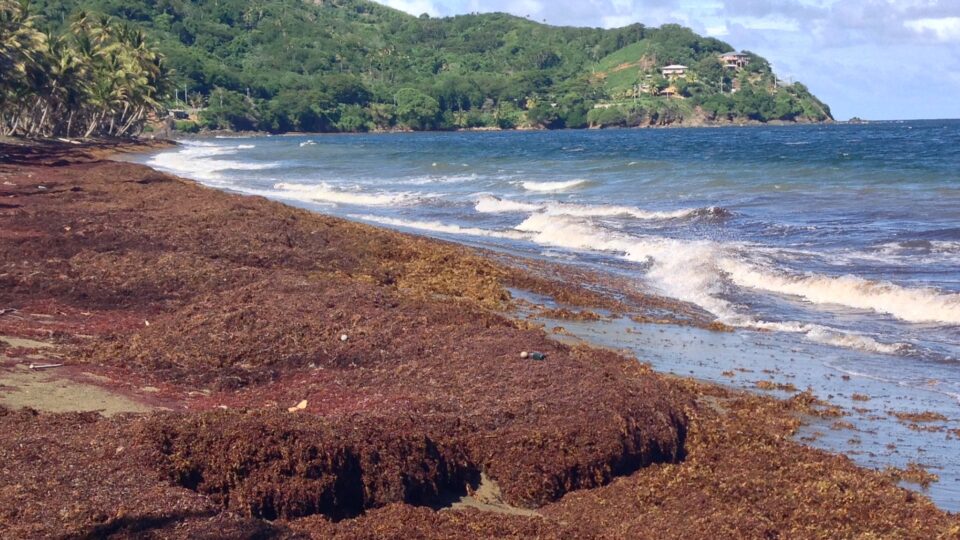In recent years, millions of tons of brown Sargassum seaweed have formed gigantic blooms stretching all the way across the Atlantic Ocean from West Africa to the Gulf of Mexico. The seaweed has become a problem for shorelines in the Caribbean, the Gulf of Mexico, and the east coast of Florida. The massive increase in seaweed populations is related to changes in ocean chemistry resulting from nutrients from fertilizer use entering the water as well as from changes to the climate affecting ocean currents and temperatures. The seaweed is harming the tourism industry as well as fisheries and ocean ecosystems.
Cleaning up the seaweed that washes ashore is labor-intensive and therefore expensive. A research team led by two British universities has developed a cheap and simple way to pre-process seaweed to facilitate making it into bulk chemicals and biofuels. With the new process, cleaning up the seaweed can be both economically and environmentally viable.
Previous techniques for processing seaweed generally required removing it from the saltwater, washing it in fresh water, and drying it – all of which add significant costs. The new technique makes use of catalysts to release sugars from untreated seaweed that feed a yeast to produce a palm oil substitute. At the same time, the process creates heat and pressure, turning the residual materials into a bio-oil that can be processed further into fuels, and a high-quality, low-cost fertilizer.
Apart from getting economic value out of the seaweed that is collected, any plastic collected alongside the seaweed can be converted to useful materials as well.
It appears that the seaweed scourge is here to stay, so finding an economically viable way to deal with it is a welcome development.
**********
Web Links
Solve invasive seaweed problem by turning it into biofuels and fertilisers
Photo, posted August 10, 2015, courtesy of Flickr.
Earth Wise is a production of WAMC Northeast Public Radio.
